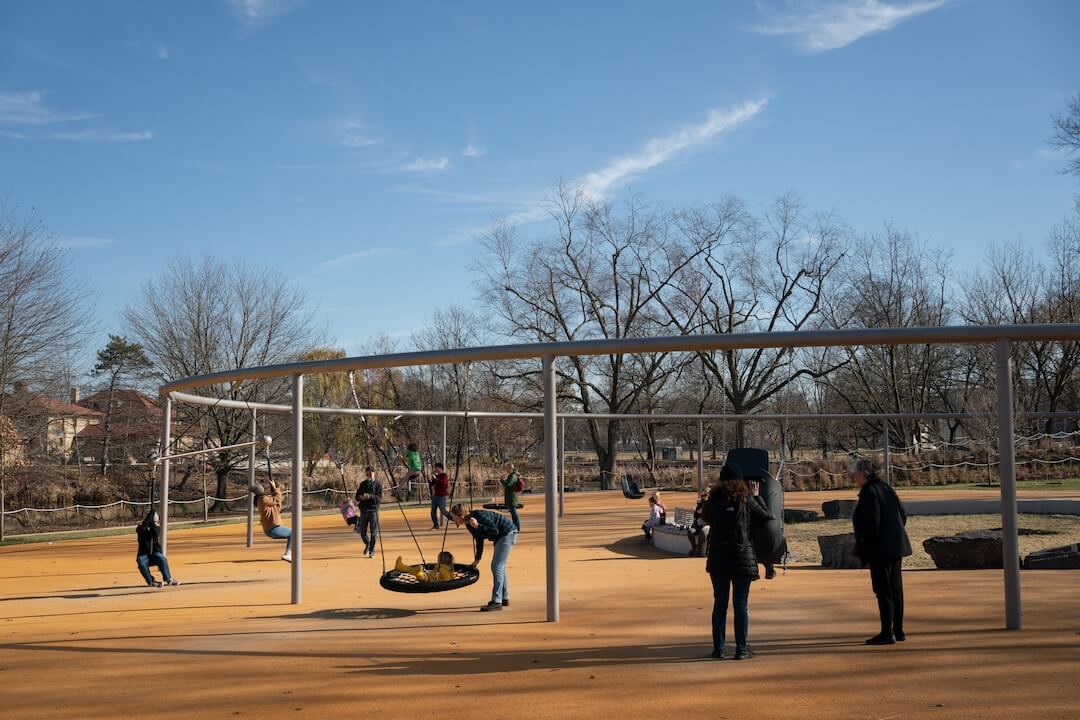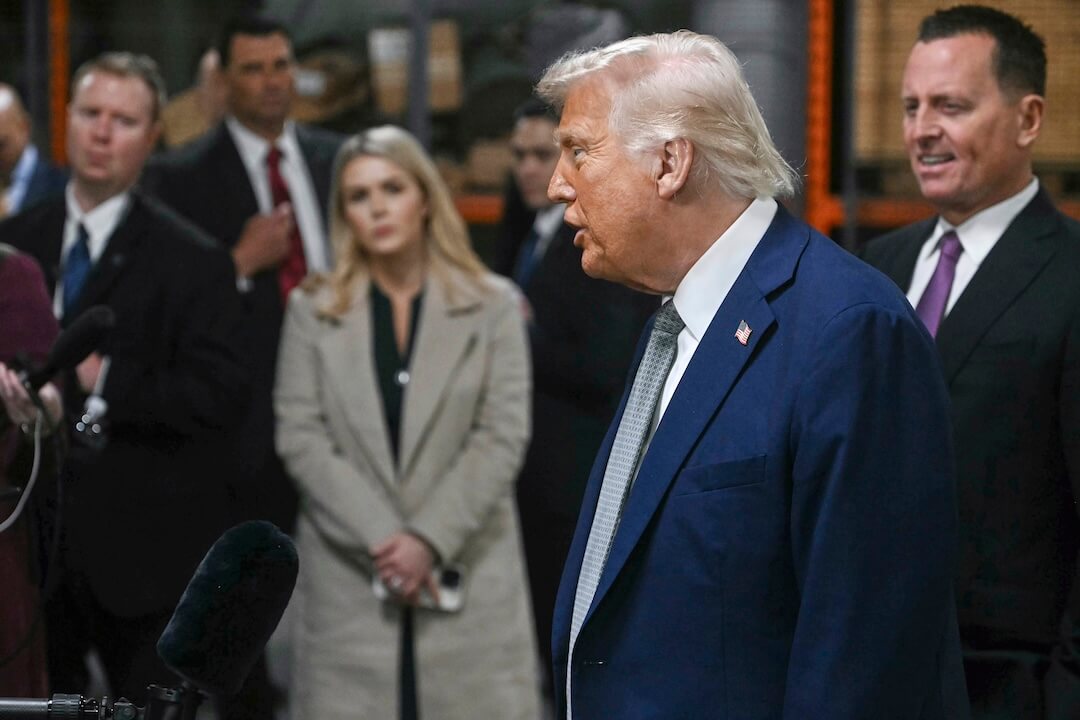The Lead is a weekly newsletter that provides resources and connections for student journalists in both college and high school. Sign up here to have it delivered to your inbox every Wednesday morning.
By Lila Shroff
If 2020 has done one thing right, it’s successfully reaffirmed the need for talented journalists to report on difficult topics. But being a strong student journalist in 2020 AND feeling empowered by your work? Easier said than done.
Over the past two years, I have had the incredible fortune to kickstart my career as a journalist working at RadioActive Youth Media. RadioActive is an award-winning youth radio journalism program housed at KUOW (Seattle’s NPR station). From pop-up workshops to summerlong programs, RadioActive provides young journalists with the infrastructure to create professional radio stories.
While at RadioActive, I’ve watched my peers publish an incredible breadth of stories (like this one about Evon, a transgender Bollywood dancer). In fact, nearly every young storyteller leaves the program feeling empowered by their work.
Here’s what I’ve learned at RadioActive about elevating both my own and other diverse youth voices.
Tell stories that only you can tell
Time and time again, I’ve talked with RadioActive students who find themselves concerned by the same issue: They want to share a personal story, but the interviewees don’t speak English. Unlike print, where translation is easy, things are more complicated with audio.
“I can’t tell the story if it’s not in English,” the students said. “No one will listen.”
The response? Instead of worrying that English listeners won’t be able to understand, RadioActive reminds students that other communities will. The fear of shutting out one community is also an opportunity to speak to a new one — one that is often left out of public media.
Instead of diminishing our differences, it’s critical to understand the way our personal perspectives can propel our stories forward. The nuances that come from being able to tell a story as an insider are exactly what makes them stand out.
Pitch with personal stake
Ask yourself: What stories can I tell better than anyone else? What unique perspective do I bring to the table? What do I wish other people could understand?
Example: This RadioActive story on navigating the school system as a neurodiverse teen would have been substantially less impactful had it been told by a neurotypical journalist.
Play to your areas of expertise
Sometimes areas of expertise are easy to identify, but, often, we fail to see the way our everyday experiences shape our implicit knowledge.
Example: A teen’s RadioActive piece on depression memes provides an element of insight into youth mental health that would have been lost had an adult reported the story.
Prioritize accessibility and empathy in your organizational culture
If you lean into the idea of telling stories that only you can tell, you’ll quickly learn two things: 1) there are an extraordinary number of stories that you can tell better than anyone and 2) there are many stories you’d love to tell that are better told by other people.
Fortunately, realization No. 2 is solvable. Truly diverse teams — where an expansive range of both demographic and psychographic perspectives are represented — will be best equipped to engage in difficult conversations. But building such a team requires a large amount of intention and thought.
Whether in a student newsroom or a corporate human resources department, well-intentioned people often fall into the same traps when attempting to build a diverse team. They understand and value the importance of diversity beyond tokenism, yet they aren’t able to achieve it. Why? Simply put, opportunities aren’t accessible.
So what does RadioActive do differently?
- Compensate fairly. This isn’t always easy, but if it’s an option, it makes a huge difference. Not only does it teach young journalists that their work is valued, it provides opportunities to engage students who might not otherwise be able to explore journalism.
- Encourage accommodations. For some, the basic reporting necessities, like Wi-Fi and a computer, are inaccessible. And while many organizations are willing to provide such accommodations, they often fail to offer. Instead of putting the burden on journalists to ask for what they need, organizations should do everything in their power to offer more equitable opportunities to begin with.
- Embrace empathy. It’s easy to blame someone for their lack of communication or missed deadlines, but it’s impossible to live in their shoes. Empathy shouldn’t just be an afterthought. As journalists, it should be a guiding principle by which we tell stories, and as humans, it should instruct us in how we lead our lives.
Engage actively, not passively, with your audience.
As perfectly put by the American Press Institute, “Involving audiences in journalism changes what the news is in the first place. It’s not a product created by journalists and delivered to an audience. It’s an open, public conversation.”
- Use your stories to leverage productive discussions. From virtual discussion forums to digital workshops, keep the conversations going outside of the comment section.
- Build trust with the communities you are reporting on. Comment section controversy is one thing, but genuine frustration from the people you are reporting on is another. Small things, like meeting your audience where they are, go a long way in trust-building and ethical reporting.
Telling hard stories will never be easy, but it’s also why many of us are drawn to it. So if you’re going to do it, you might as well do it in a way that leaves both you and your audiences feeling more empowered.
Lila Shroff is currently on a gap year before starting at Stanford University next fall. She is a lifelong storyteller, with a background in audio journalism, and is deeply interested in the intersection of media, business, politics and data. When not behind the microphone, you can find her drinking too many London Fog lattes and contemplating the current state of our media ecosystem.
One tool we love
WNYC’s Radio Rookies has a great tool we use for pitching at RadioActive: identity mapping. Brainstorm aspects of your identity, community and unique perspective. Then, see where they overlap. This is a great way to find stories that only you can tell!
— Lila Shroff
What’s your favorite tool that other student journalists should know about? Email me and I might feature it in a future issue.
One story worth reading
Although focused predominantly on public media, this Nieman Lab article perfectly illustrates the dangerous trap of homogeneity in both newsrooms and their audiences. At RadioActive, we are constantly assessing our own role as a youth public radio organization within the evolving context of the broader media hemisphere. I urge you to do the same.
— Lila Shroff
Opportunities and trainings
- Apply for WBUR public radio’s yearlong newsroom fellowship by Oct. 9.
- Register for the Adobe MAX conference, a free virtual event from Oct. 20-22 featuring speakers on design, illustration, video and more.
- College students, enter the Reynolds Journalism Institute’s Student Innovation Competition by Oct. 31.
- College students and recent graduates, apply for NPR’s Next Generation Radio Project, a weeklong audio journalism training program (currently held remotely).
- Attend a free Poynter online training Sept. 23 on helpful tools for election night reporting.
- Registration is now open for this year’s virtual ACP/CMA conference, Oct. 22-24.


Taylor Blatchford is a journalist at The Seattle Times who independently writes The Lead, a newsletter for student journalists. She can be reached at blatchfordtaylor@gmail.com or on Twitter @blatchfordtr.







